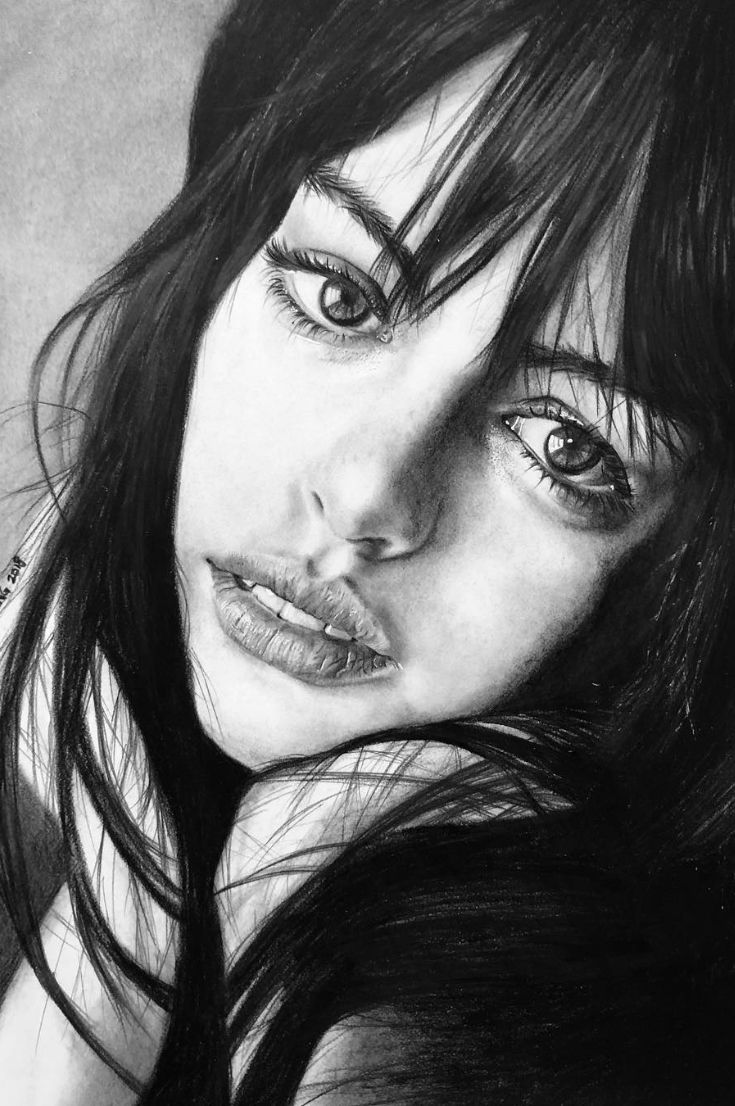

However, the soft palette tones and the dramatic use of white space in the frame reflect his other works, such as Only Yesterday or The Tale of Princess Kaguya. The story, which follows young families during bombing raids in World War II, obviously draws comparisons to Takahata’s Grave of the Fireflies. Sunao Katabuchi’s In This Corner of the World feels inspired by the films of Isao Takahata, Studio Ghibli’s other giant of the medium. It marches around lush, mountainous landscapes and passes by immaculate European towns. The eponymous mobile home is a whirring, clanking, hand-drawn beauty a morass of moving parts that manages to be equal parts beautiful and ungainly. Howl’s Moving Castle, one of Miyazaki’s very best films, is a visual marvel.

Although modern anime often uses computer generated imagery to enhance its visuals, most films maintain a traditional, 2D aesthetic that is painfully lacking in western animation. Part of it is the sheer beauty of the animation. Howl's Moving Castle - Sun 30 July (14.00) & Wed 2 August (18.10)Īlthough there is great variety in Japan’s animated output, western audiences are increasingly drawn to anime for qualities that repeatedly appear in the medium. However, all of these newer names are fantastic directors in their own right, who have their own preoccupations, styles and voices that are distinct from Miyazaki’s own brilliance. These increasingly famous directors are often lazily cited as “the next Hayao Miyazaki,” a sign of the animation titan’s fame in the Western World – evidently, the legendary figure behind Howl’s Moving Castle and Spirited Away will continue to dominate public perceptions of anime for many years to come. Shinkai is one of a younger generation of directors who are making a name for themselves among western audiences, alongside people such as Mamoru Hosoda ( The Boy and the Beast) and Naoko Yamada ( A Silent Voice).

As it stands, it is the most successful Japanese animation at the worldwide box office, ever. Your Name, the latest film from Makoto Shinkai, is further evidence of the growing popularity of anime outside of Japan. That was very inspiring to me, since I feel like that kind of film is the kind of thing that would not even be noticed by the traditional anime audience ten years ago, let alone mainstream British newspapers.” Miles Thomas, the founder of Crunchyroll, described the growing appreciation and awareness of anime in Britain: “I'm seeing all the major papers covering a smaller, more niche anime film in A Silent Voice. Netflix’s push for big-name anime titles and the advent of anime streaming services such as Crunchyroll have made animation from Japan more accessible than ever in the UK. One thing that is certainly true of the medium as a whole is its rapidly increasing popularity outside of Japan. Every film has its own distinctive look, while the themes and storytelling techniques are equally varied.
DRAWING INSPIRATION MOVIE
If you see every film in the season, you will witness sights such as ink-blot explosions in World War II, underground worlds populated by brawling gods and a silent movie about a stranded man and his turtle nemesis. Although stereotypes of anime abound (and Akira gleefully perfects many of them), it is no more uniform a medium than animation made in America. Yet for all that anime has recognizable tropes and a familiar aesthetic, the Drawing Inspiration season shows just how diverse Japanese animation can be. It was a gigantic crossover hit that introduced huge chunks of western cinema audiences to the animation of Japan. It excels in these areas and few animations – from any nation – have matched the energy of its action sequences or the scope of Otomo’s vision. Katsuhiro Otomo’s legendary 1988 animation bears many of the tropes that are commonly associated with animation from Japan: simpler character animation than America’s squash-and-stretch style teenagers with a flair for melodrama an utterly insane finale where everything seems to fall apart. Akira is, perhaps, the most “anime” of all animes.


 0 kommentar(er)
0 kommentar(er)
